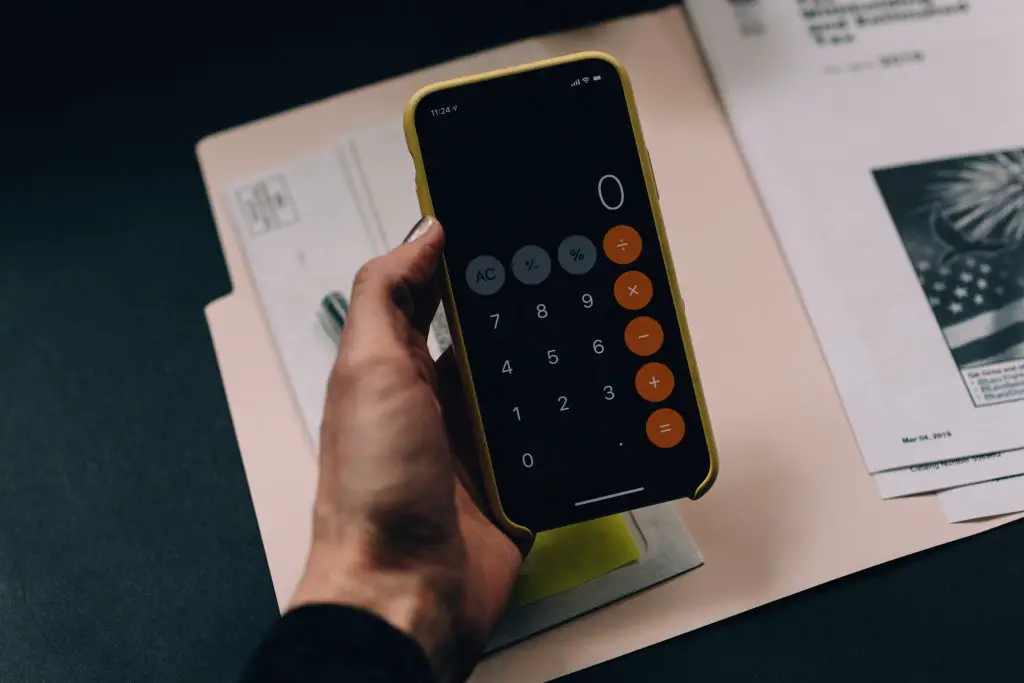Budgeting doesn’t have to be a pain. In fact, with the right tips and tricks, it can be downright easy. From using technology to your advantage to knowing where to cut costs, read on for eight budgeting hacks that will make your life a whole lot easier.
The 50/30/20 Rule
The 50/30/20 rule is one of the most popular budgeting hacks out there. The idea is simple: you divide your after-tax income into three buckets and allocate 50% to necessities, 30% to wants, and 20% to savings and debt repayment.
There are a few variations of the 50/30/20 rule, but the basic premise is always the same: by living within your means and allocating a healthy percentage of your income to savings, you can painlessly build up your financial cushion and reach your long-term financial goals.
If you’re not sure where to start with budgeting, the 50/30/20 rule is a great place to begin. It’s simple to follow and can help you get a handle on your spending so that you can make smart financial decisions going forward.
The 30-Day Rule
If you’re like most people, the idea of budgeting can be daunting. There are so many things to think about and track – income, bills, expenses, savings goals… It’s enough to make your head spin!
But it doesn’t have to be that way. These easy hacks will make budgeting painless:
1. The 30-day rule: This is a simple rule that can help you stay on track with your spending. Basically, whenever you get paid, you have 30 days to spend that money. After those 30 days are up, any money left over goes into savings. This is a great way to avoid impulse spending and make sure your bills are always covered.
2. Track everything: Keep a close eye on your spending by tracking every single penny you spend for one month. At the end of the month, take a look at where all your money went and see where you can cut back. This will help you identify any problem areas so you can work on fixing them.
3. Make a plan: Having a plan is key to sticking to your budget. Figure out what your income is and what your regular bills are, then create a plan for how you’ll use any remaining money each month. This could mean setting aside money for savings goals or fun activities like dining out or going to the movies. Whatever you do, make sure your spending aligns with your goals and values.
The Cash Envelope System
If you’re looking for an easy way to stick to your budget, the cash envelope system is a great option. With this system, you’ll allocate a certain amount of cash for each spending category in your budget.
Then, when it’s time to make a purchase in that category, you’ll use the cash from the corresponding envelope. This helps you stay mindful of your spending and ensures that you don’t overspend in any one area.
To get started with the cash envelope system, first figure out how much money you need to allocate for each spending category in your budget. Then, withdraw that amount of cash and divide it into labelled envelopes. Whenever you make a purchase in one of those categories, pay with cash from the corresponding envelope.
One benefit of using the cash envelope system is that it can help you stay on track with your spending. Since you have a set amount of cash for each category, it’s easy to see when you’re close to overspending. This can help you avoid making impulse purchases or going over budget in any one area.
If you’re looking for an easy way to stick to your budget, give the cash envelope system a try!
The Zero-Sum Budget
The zero-sum budget is one of the simplest and most effective budgeting methodologies. The premise is simple: your income minus your expenses should equal zero. Every dollar that comes in must be allocated to specific line items in your budget. This ensures that you are living within your means and not overspending.
There are a few different ways to approach a zero-sum budget. The first is to simply list out all of your income and expenses for the month, then ensure that the two totals match. This can be done manually or with the help of budgeting software like Mint or YNAB.
Another approach is to divide your income into different buckets, then allocate each bucket to specific expenses. For example, you may have a bucket for fixed expenses like rent and utilities, a bucket for variable expenses like groceries and gas, and a final bucket for savings and debt repayment.
This approach can help you see where your money is going each month and make adjustments accordingly.
Whichever approach you choose, the goal is to make sure that every dollar has a purpose. By doing so, you’ll be able to stick to your budget and avoid overspending.
Conclusion
If you’re looking for ways to make budgeting less painful, try out some of these easy hacks. From using a planning app to setting up automatic transfers, there are plenty of ways to make budgeting easier.
And once you get into the habit of budgeting, you’ll be surprised at how much easier it is to keep track of your finances and save money. So give these hacks a try and see if they help you painlessly achieve your financial goals.

